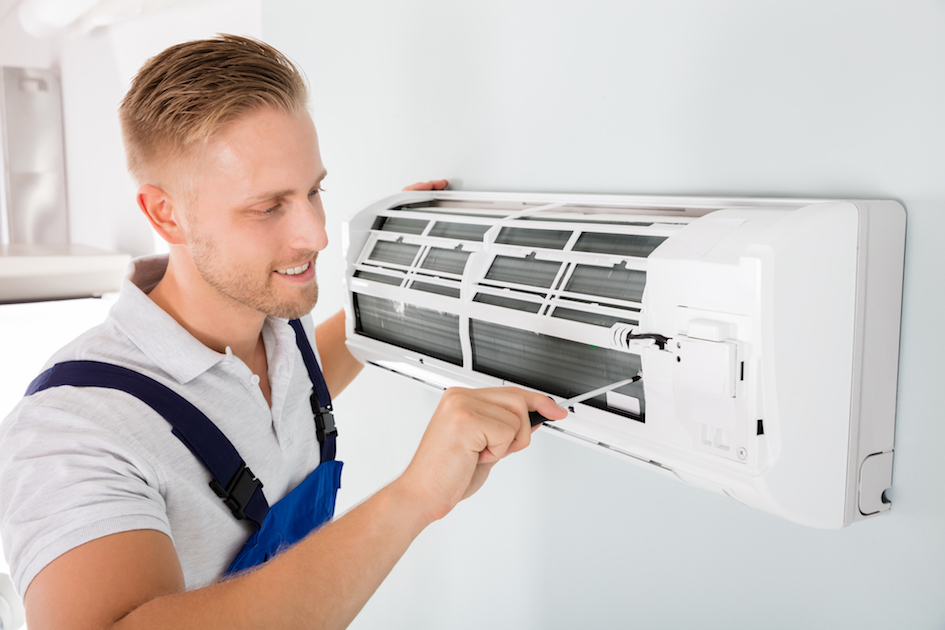
Can you picture life without a/c? Sweltering heat waves that can melt the rubber on your shoes, cook an egg on the control panel of your cars and truck, and make it almost difficult to have an excellent night's rest-- sounds miserable!
Let's face it, life without A/C wouldn't be the same. Did you understand, that prior to the 20th century, ice was actually gathered for refrigeration? It was cut into 1-ton blocks, delivered throughout the country and used in 'ice-boxes' to keep food fresh. Thankfully today, refrigeration has actually been considerably improved considering that its introduction in 1834.
By understanding how your house's A/C system works, you'll be able to make it run better and longer, and if it ought to break throughout the dog days of summer season, more positive discovering a replacement.
What is Central Air Conditioning?
Since the 1960s, central air systems have actually been the most typical design of cooling in America.
Finest defined by the condenser system outdoors and ducts carrying cool air throughout the house, ac inspection a central air conditioning is often referred to as a "split-system" due to the fact that the indoor and outdoor parts are separated.
How It Works
Similar to how a sponge absorbs water, central air conditioning conditioners take in the heat from inside the home and eject it outside through a process called "the refrigeration cycle."
It's simple to comprehend how an air conditioning unit works once you see how the parts operate together.
Parts of an Air Conditioning System
Divide into two parts; a system will include an outdoor condenser unit (listed below) and a coil housed on top of the furnace or inside air handler. The outside condenser, which does the majority of the work, runs in tandem with the air handler/furnace that distributes the conditioned air into spaces of your home.
The Refrigeration Cycle
The cooling process begins when the thermostat spots the interior temperature has actually increased above the setpoint. It signals the control board in the air handler and enters into action.
1) The internal blower attracts the hot, wet indoor air from the return ducts into the air handler/furnace cabinet to be conditioned.
2) Dirty air entering the cabinet first passes through an air filter that traps dirt and particles.
3) The clean air then passes through the evaporator coil. Using metal fins to increase its area, the evaporator coil extracts heat and wetness from the warm air as the air passes through it. The tidy, cool air is distributed throughout the house.
4) A set of copper tubes including refrigerant, called a Line Set, connect the indoor coil with the outside condenser.
5) The condenser dissipates the heat caught inside the line coming from the evaporator coil by cycling it through its coils where a fan at the top presses air to accelerate the process. The refrigerant is then compressed and takes a trip back to the indoor evaporator coil, where the cooling process continues.
A/C Cheat Sheet
It's a great concept to acquaint yourself with the technical language utilized by HVAC experts to understand your system when it pertains to making repairs or purchasing a brand-new unit.
HEATING AND COOLING - Means heating, ventilation, and air conditioning. This acronym is utilized to categorize all devices used to regulate air temperature level, humidity, and air quality.
Split-System - In referral to parts of the system running both inside and outdoors. In a air conditioning installation split system, the condensing system is discovered outside.
BTU - British Thermal Systems - a measurement of just how much heat energy can be eliminated from the air in an hour.
Load - A measurement that describes the cooling capacity your unit can provide under normal conditions. 1 Load is equal to approximately 12,000 BTU's. Loads are typically used when sizing an unit for your home, which can be determined based upon the square video needed to be cooled or heated.
Unmatched Proficiency
Conveniently, the heater, air conditioning, and electrical systems all work immediately, without us requiring to fumble around in the basement or even worse, a hot attic. Till something fails.
Finding out about your a/c system may appear overwhelming at first, once you have the essentials down, you'll have the ability to understand not just how your system works, however likewise figure out lingo to make buying a replacement simple.